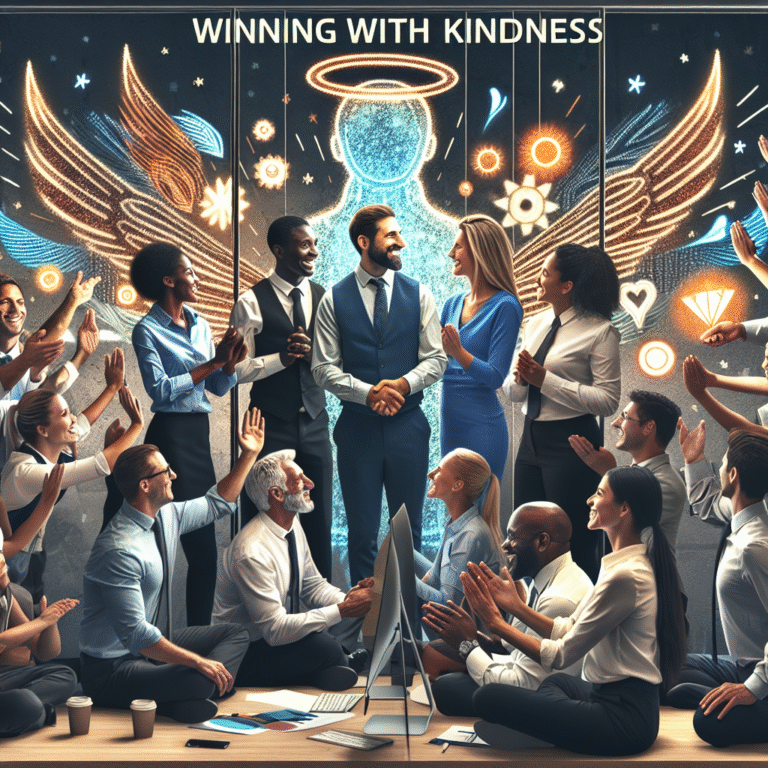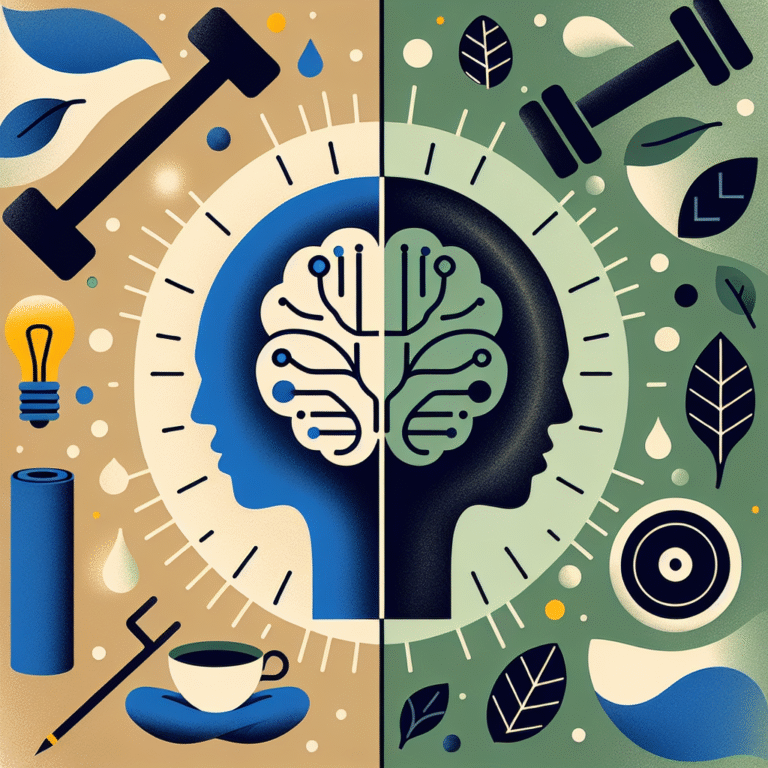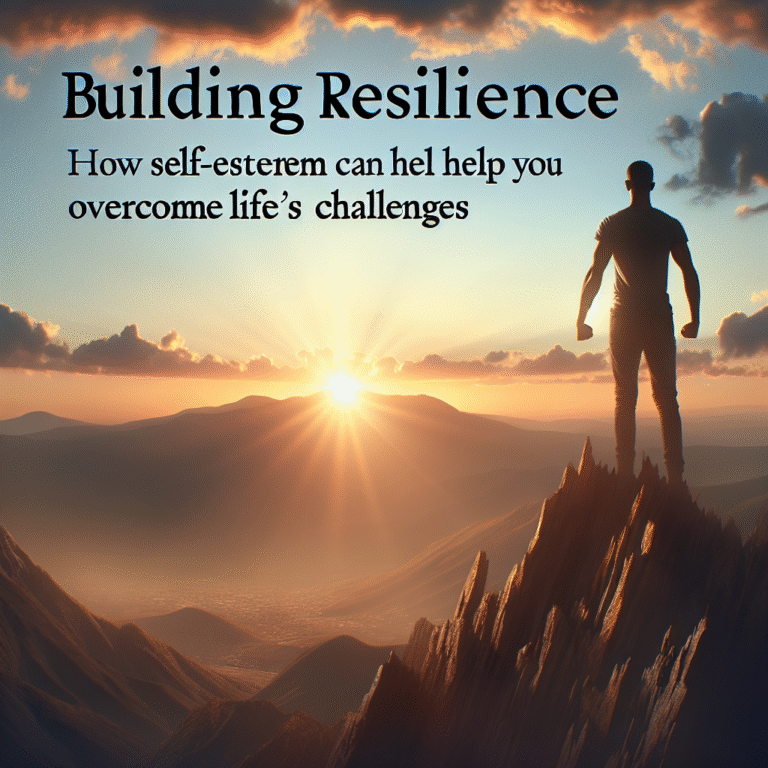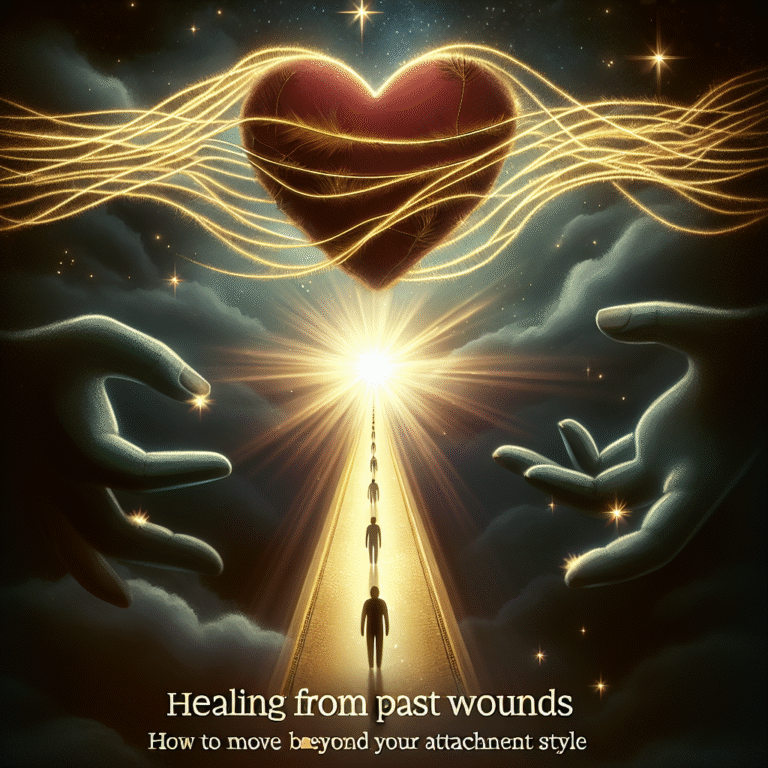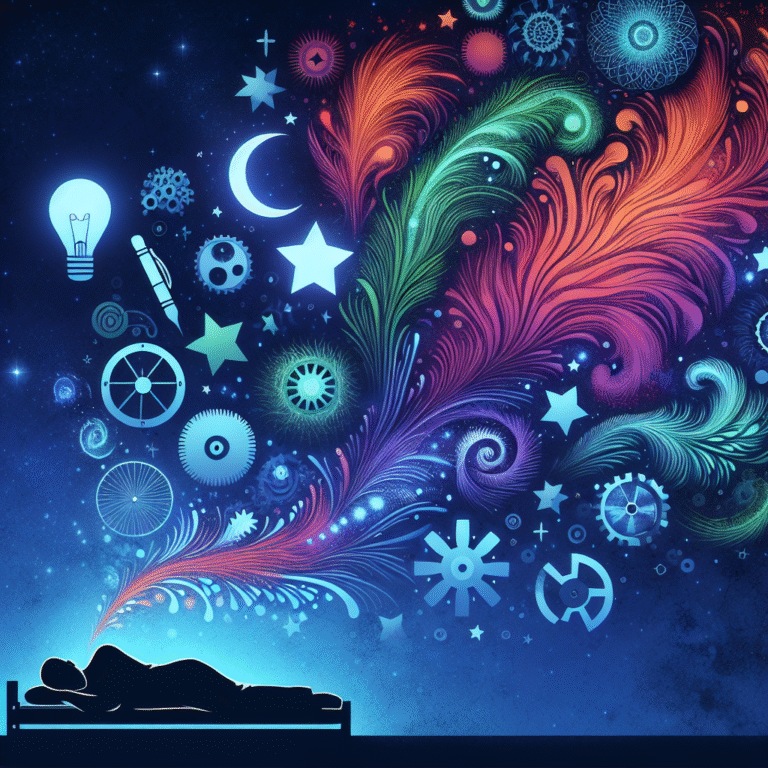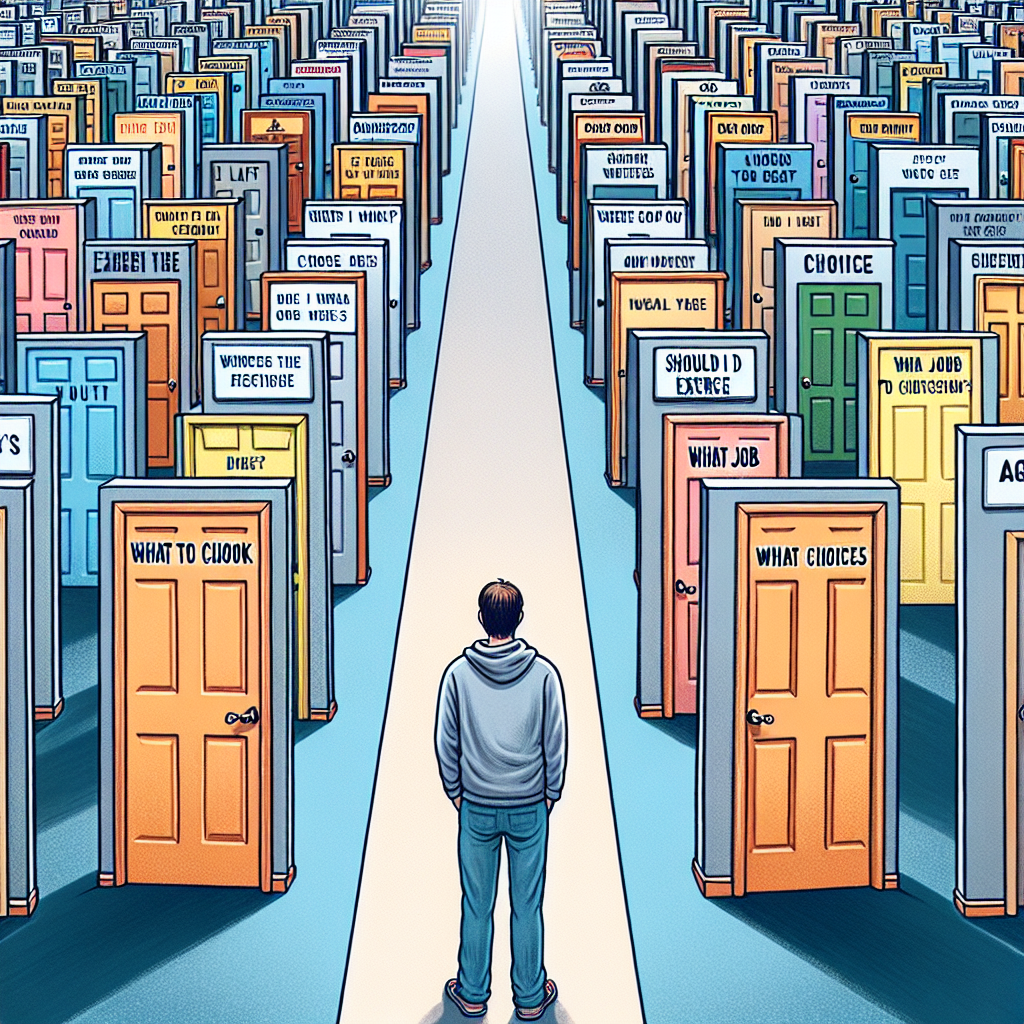
Introduction
In a world overflowing with options, have you ever felt overwhelmed by what should be simple choices? Imagine standing in a grocery aisle confronted by dozens of cereal boxes, each one vying for your attention. This scenario embodies The Paradox of Choice: How Decision Fatigue Impacts Our Daily Lives. While having options ostensibly offers freedom and flexibility, the sheer volume of choices can lead to anxiety, confusion, and ultimately, decision fatigue. This article will dive deep into this paradox, uncovering how it affects our daily lives and how we can navigate this overwhelming landscape more effectively.
Understanding The Paradox of Choice
What Is The Paradox of Choice?
The Paradox of Choice refers to the phenomenon where having too many options can lead to feelings of dissatisfaction, anxiety, and indecision. Proposed by psychologist Barry Schwartz in his book, "The Paradox of Choice," this concept explores how more choices can make us less happy. Schwartz argues that while we often chase freedom through choice, the burden of too many options can lead to negative outcomes, including decision fatigue.
The Mechanics of Decision Fatigue
Decision fatigue, as the name implies, is the deteriorating quality of decisions made by an individual after a long session of decision-making. When we are faced with numerous decisions, our cognitive resources become depleted, ultimately affecting our ability to make sound judgments. In a society that constantly bombards us with choices—from trivial decisions like what to wear to significant ones like career paths—the cognitive load can become overwhelming.
Everyday Examples of Decision Fatigue
The Shopping Experience
Imagine walking into a supermarket. What was once a straightforward task—picking up groceries—turns into a daunting challenge. With countless brands and variations of products, you start to feel overwhelmed. A simple choice now requires an in-depth analysis, leading to decision fatigue.
Case Study: Supermarket Cereal Aisle
A behavioral study conducted in a grocery store revealed that shoppers confronted with 24 varieties of jams were less likely to purchase than those presented with only 6 varieties. This study underlines how having too many choices can lead to paralysis rather than empowerment. The researchers found that consumers preferred simply to walk away rather than make a choice when faced with too many options.
Analysis: This case study effectively illustrates the Paradox of Choice: How Decision Fatigue Impacts Our Daily Lives by showcasing the real-world consequences of overwhelming options.
Online Decision-Making
The digital age has amplified the paradox we experience offline, bringing even more choices to our fingertips. Whether it’s selecting movies on streaming platforms or browsing through endless online shopping sites, decision fatigue is ever-present.
Case Study: Netflix Viewership
In a survey, Netflix discovered that users often spend more time browsing than actually watching content. The paradox is evident: while users want choices, they often end up frustrated, leading to binge-watching old favorites instead of exploring new content.
Analysis: This Netflix case emphasizes how The Paradox of Choice manifests in our digital lives, preventing exploration and satisfaction, ultimately reinforcing our need for decisive clarity in an ocean of options.
The Psychological Effects of Decision Fatigue
Anxiety and Stress
Decision fatigue leads to higher stress levels, particularly for those who face more choices daily. The inability to choose can contribute to feelings of anxiety, as individuals are often concerned they might not make the “right” choice.
Satisfaction and Regret
Moreover, the aftermath of choices can lead to feelings of regret, particularly when faced with numerous alternatives. Schwartz points out that with so many options, individuals are more likely to be dissatisfied with their choices, leading to what is known as “choice overload.”
Practical Strategies to Combat Decision Fatigue
To mitigate the effects of The Paradox of Choice: How Decision Fatigue Impacts Our Daily Lives, consider the following strategies that can simplify decision-making processes and enhance fulfillment.
1. Limit Options
When faced with too many options, try to limit your choices intentionally. For instance, when shopping, narrow down categories before diving deeper.
2. Set Criteria
Having predefined criteria for your choices can streamline your decision-making process. For example, if you’re choosing a new phone, establish what features are non-negotiable for you.
3. Schedule Decision Time
Dedicate specific times in your week for making critical decisions. This can help you prepare mentally and reduce spontaneous choices that might lead to regret.
4. Embrace "Good Enough"
Accepting that no choice will be perfect can relieve pressure and help you make faster decisions. Aim for a resolution that satisfies your needs without obsessing over the ideal.
5. Practice Mindfulness
Utilizing mindfulness techniques can help you become more aware of your feelings and thoughts when faced with choices, thereby reducing anxiety and allowing you to make more deliberate decisions.
The Role of Choice Architecture
Understanding Choice Architecture
Choice architecture refers to the design of different ways in which choices can be presented to consumers. By framing options accurately, one can influence decision-making in beneficial ways. This concept plays a crucial role in combating decision fatigue.
The Importance of Defaults
Research shows that people tend to stick with default options. For example, a hitch-free sign-up process where opting in is the default choice can lead to higher participation rates.
Case Study: Organ Donation Rates
Countries that implement an opt-out system for organ donation (where individuals are automatically included unless they explicitly decline) see significantly higher participation rates compared to opt-in systems.
Analysis: This example serves as a powerful demonstration of how strategic choice architecture can alleviate decision fatigue by simplifying available options.
Conclusion
As we navigate through modern life inundated with choices, it becomes increasingly evident how The Paradox of Choice: How Decision Fatigue Impacts Our Daily Lives plays a pivotal role in our mental well-being. While choices are meant to empower us, they often paralyze instead. By understanding this paradox and employing strategies to mitigate its effects, we can reclaim clarity, satisfaction, and joy in our everyday decisions.
Call to Action
Take a moment to reflect on your daily choices. Are you overwhelmed? If so, begin integrating small changes into your decision-making style. Whether it’s limiting the choices you face or restructuring how you plan your day, take the first step toward a more peaceful and fulfilling decision-making experience.
FAQs
1. What is decision fatigue?
Decision fatigue is the mental exhaustion that results from making too many decisions over a period of time. It can lead to poor choices and decreased motivation.
2. How can I reduce decision fatigue in my daily life?
You can reduce decision fatigue by limiting your choices, setting clear criteria for decision-making, scheduling specific times for significant decisions, and accepting that no choice will be perfect.
3. Why is having too many options detrimental?
Having too many options can lead to anxiety, indecision, and dissatisfaction, causing individuals to feel overwhelmed and stressed.
4. Can choice architecture improve decision-making?
Yes, strategic choice architecture can simplify the decision-making process for individuals, guiding them toward better choices and reducing the mental burden associated with decision fatigue.
5. Does decision fatigue affect everyone?
While everyone can experience decision fatigue, individuals with more choices in their daily lives—such as busy professionals—are often more susceptible to its effects.
By synthesizing insights from psychology, behavior studies, and practical strategies, we can begin to unpack and address the complexities of The Paradox of Choice: How Decision Fatigue Impacts Our Daily Lives, leading to more intentional, satisfying lives.




